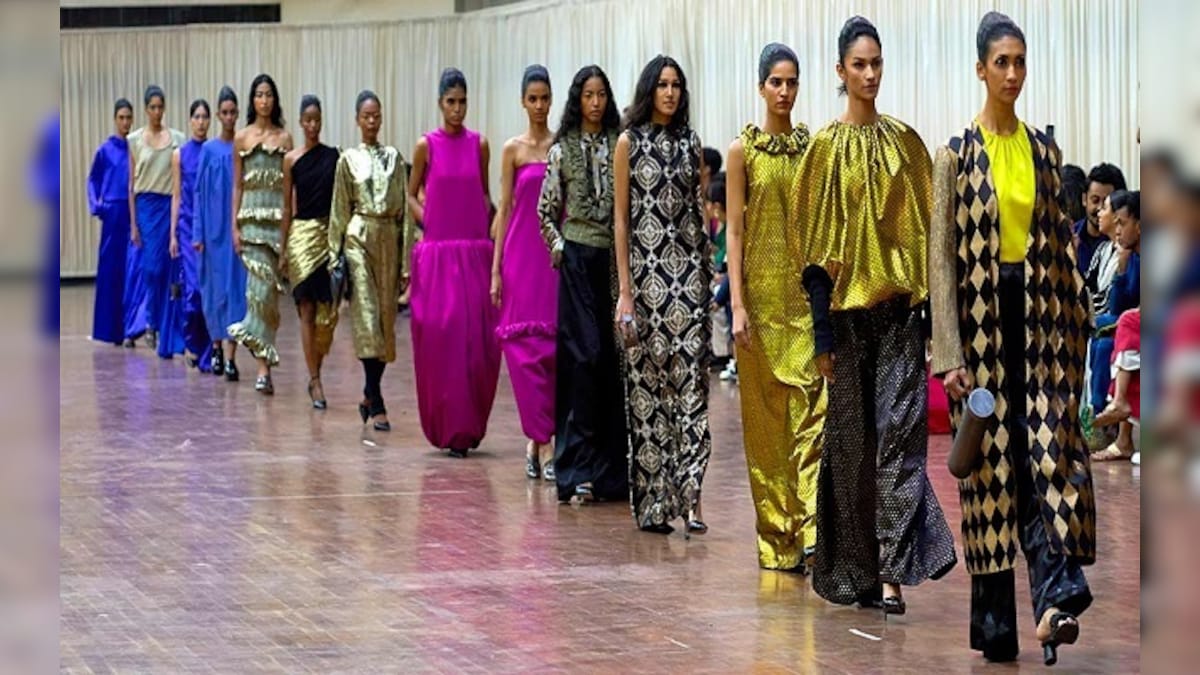Indian weaves are making a way to urban wardrobes, here is what three designers, Sanjay Garg, Amita Gupta and Shivan Bhatiya has to say.
At the recently held Lakme Fashion Week, it was quite evident that the designers are trying hard to revive dying art since hand woven fabric has an undeniable charm of its own. And we all know that machine is inferior to craftsmanship.
Wearing any Indian weaves like _ikkat, kalamkari, mekhala chadda_r, and _khad_i is like wearing an art which narrates a story. And the current flavour of fashion is everything vintage and classic and these fabrics fit the bill. No doubt Indian textiles with international appeal are a rage among fashionistas. The smartest way to choose Indian weaves on a regular basis is by opting for comfortable styles. And today’s designers are using these weaves to create comfortable and casual clothing too.
Designer
Sanjay Garg
, the creative visionary behind Raw Mango, a master creator of textile’s warp and weft, Sanjay’s expertise in woven fabrics was on display at the
Lakme India Fashin Week
. His garments displayed a clever mastery over drapes, surface embellishments and constructions that are precise, sharp and universally desired.
In a conversation with Firstpost, on revival of weaves and handloom, Grag says, “Handloom is special to me because it speaks to ones’ culture, community, craft and much more. There has definitely been more awareness about handloom than before, but it is still too early to see whether this revival has brought about change and importantly, we need more numbers associated with progress. Textiles, just like with everything else, will continue to evolve as time passes – however, a “revival” needs to go beyond just a trend, and instead grow organically and sustain a momentum.”
Garg further adds, “Personally, I love Mashru as a textile, its simplification over time is a result of many design interventions and the ashrafi coin motifs, or the stripes strike me as having an eternal life span.”
Craftsmanship indeed imbues products with a unique human touch and emotional connection that machine-made items often lack. Designer Shivan Bhatiya says, “This human element in craftsmanship is a key aspect of what makes us distinct from AI. Feelings, emotions, and the artistry involved in crafting are qualities that continue to set us apart as humans. It’s a reminder of the value of the human touch in an increasingly automated world.”
Handloom
today is being promoted like never before and the new breed of designers are making the Indian weaves the most required face lift. Craftsmanship is a substantial part of our culture and hence, will always be considered superior to machine work. Handloom and their weaves sometimes do not get their worth and value in India, where they are majorly produced. The new breed of designers are truly giving the Indian weaves the most required face lift.
Designer Amita Gupta says, “For us, slow fashion is to break the chain of complex systems that are inherent in the current fashion model for the good of the planet and people. The fashion industry that deploys CO2 and fabric waste, which takes years to decompose with harmful chemical release in water is killing our nature. We feel slow fashion has the adeptness to satisfy the fashion need for current and future generations in a way in which, nature and people are harmed the least.”

